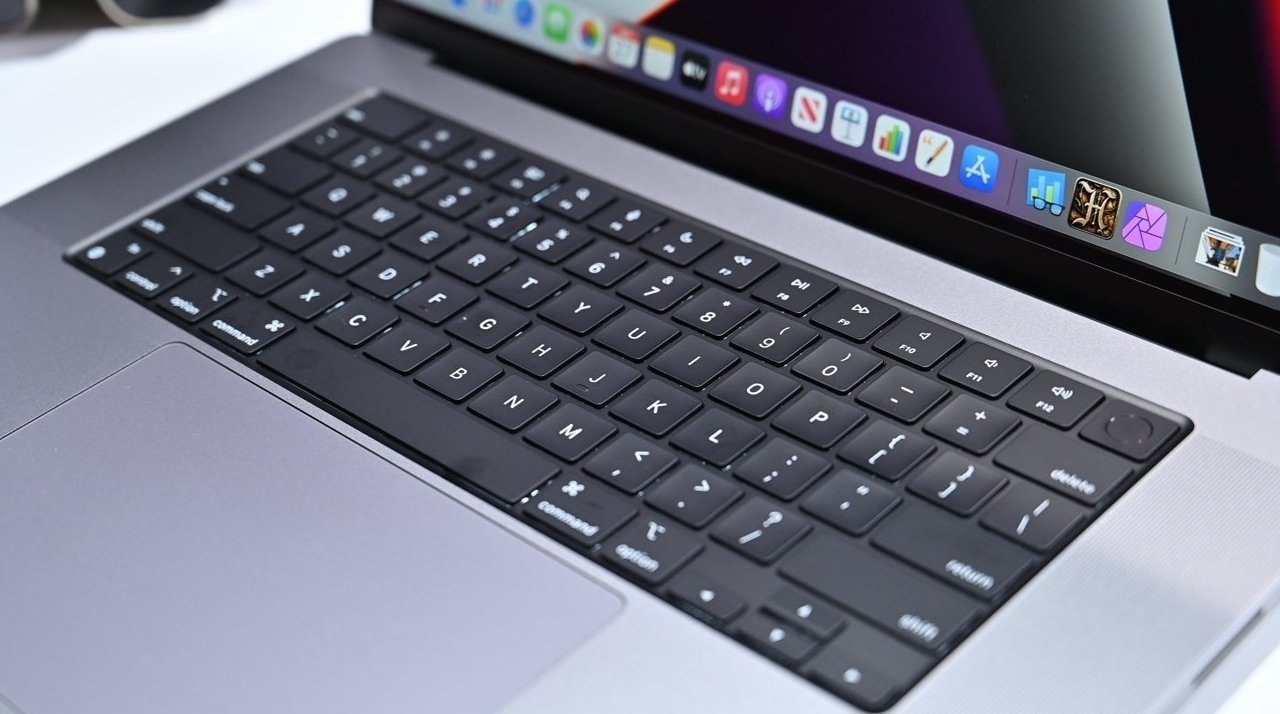Apple’s decision to pare down the ports to a selection of Thunderbolt connections has also been partially reversed, with the inclusion of a full-sized HDMI port and an updated version of MagSafe. There’s even an SD card slot, saving users from needing to carry around a separate card reader.
The designers didn’t stop there, either. The new design is slightly thicker and heavier than in previous iterations. Those are two designs strategies that, in days gone by, would be seen as the antithesis of all for which Apple stands.

But we’re not dreaming. The new 14-inch MacBook Pro and 16-inch MacBook Pro have ushered in a new design language and a satisfying return to form for professional use.
So, why has Apple seemingly backtracked on pretty much everything?
Goodbye, Sir Jony
It’s hard to ignore the impact Jony Ive had on Apple’s return to fortune. Arguably, Steve Jobs couldn’t have brought his company back from the brink of bankruptcy without Ive’s influence.
He gave us the iPhone, iPad, and countless other industrial designs, all of which combine beauty with function and long-lasting durability.
But Ive didn’t always get it right with the numerous design decisions needed to produce each and every Apple product.

There was a relentless desire to make laptops and smartphones as thin as possible. This resulted in ports and headphone jacks being removed, forcing more users into adopting dongles and carrying adapters around that they previously didn’t need.
The pursuit of thinness also helped create some of the company’s most undesirable headlines when it comes to the infamous butterfly keyboard.
Ive’s influence on the 2016 MacBook Pro redesign will spark debate for many years to come, but the notebook still sold by the bucketload. It’s just a shame that so many professional users felt short-changed with the minimal port selection and the aesthetic.
The new M1 Pro and M1 Max-powered MacBooks Pro have been almost universally regarded as the redesign those users and hobbyists have been hoping for.
